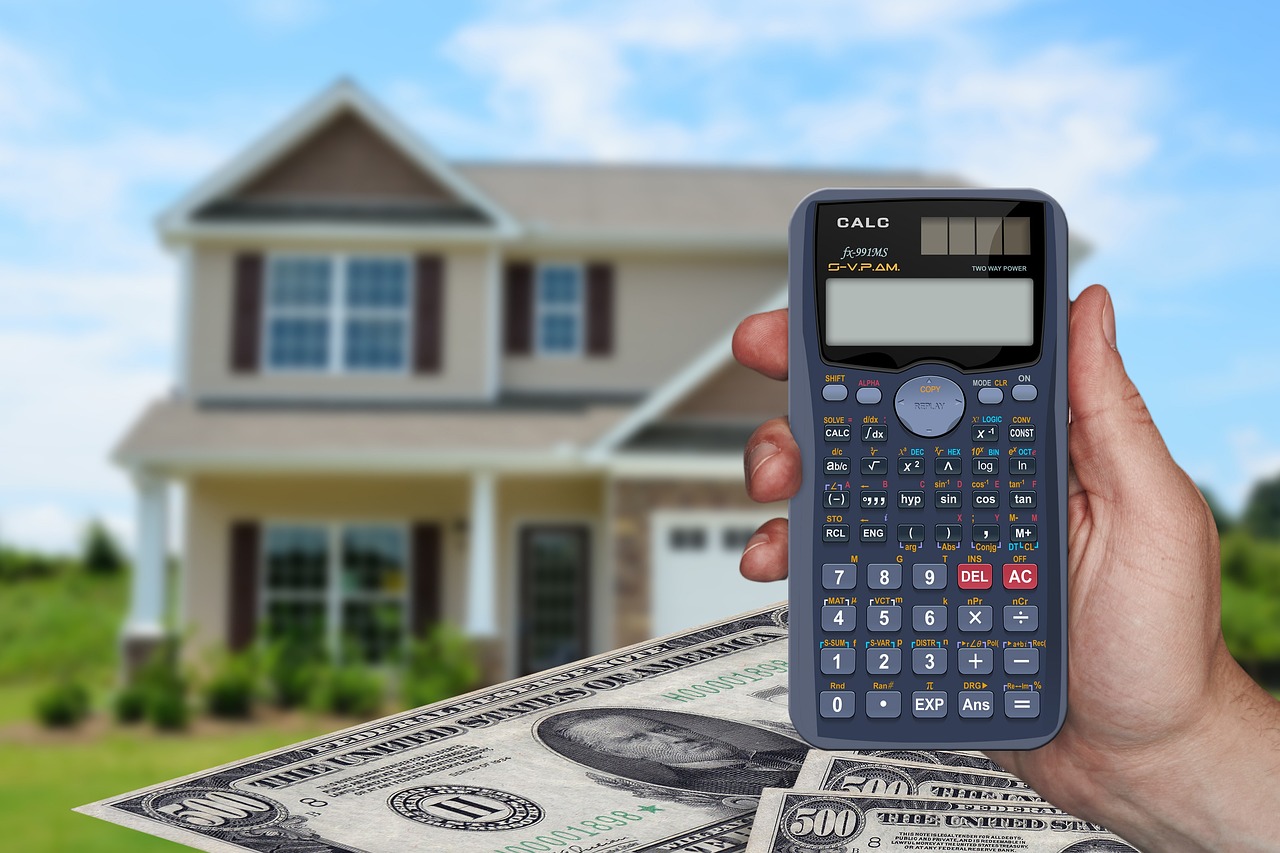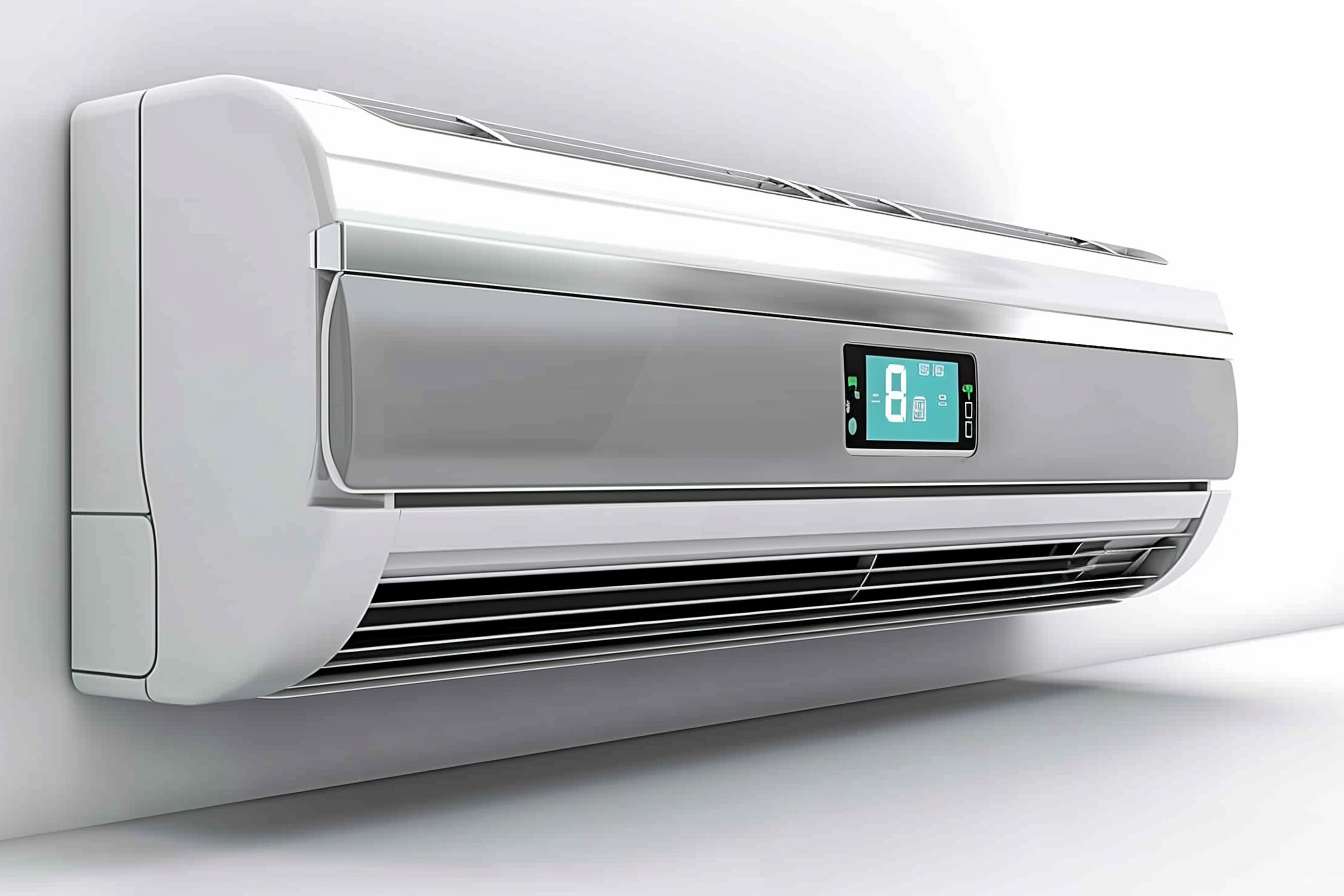Rent to Own Homes: A Comprehensive Guide to Alternative Homeownership
Rent to own homes, also known as lease-to-own or lease-option agreements, offer a unique pathway to homeownership for individuals who may not qualify for traditional mortgages. This alternative approach combines elements of renting and buying, providing a stepping stone for aspiring homeowners. In this comprehensive guide, we'll explore the ins and outs of rent to own homes, their benefits, potential drawbacks, and what you need to know before considering this option.

How does the rent to own process work?
The rent to own process begins with the tenant and property owner agreeing on the terms of the lease-option agreement. This includes the length of the rental period, the monthly rent amount, and the portion of rent that will be credited towards the purchase price. The agreement also specifies the purchase price of the home, which is typically set at the current market value or a projected future value. Throughout the lease term, the tenant is responsible for maintaining the property and may even be required to handle repairs and improvements.
What are the benefits of rent to own homes?
Rent to own homes offer several advantages for both buyers and sellers. For potential buyers, this arrangement provides an opportunity to:
-
Build equity while renting
-
Lock in a purchase price in advance
-
Test out the home and neighborhood before committing to a purchase
-
Improve credit scores and save for a down payment during the lease period
For sellers, rent to own agreements can:
-
Attract a wider pool of potential buyers
-
Generate steady rental income
-
Potentially sell the property at a higher price in the future
What are the potential drawbacks of rent to own agreements?
While rent to own homes can be beneficial, there are also some potential drawbacks to consider:
-
Higher monthly payments compared to traditional rentals
-
Risk of losing money if the option to buy isn’t exercised
-
Responsibility for maintenance and repairs during the rental period
-
Potential for market value changes that could affect the agreed-upon purchase price
-
Complexity of legal agreements and potential for disputes
How to find rent to own homes in your area?
Finding rent to own homes can be challenging, as they are less common than traditional rentals or sales. However, there are several strategies you can use to locate these opportunities:
-
Work with a real estate agent specializing in rent to own properties
-
Search online real estate listings and filter for rent to own options
-
Check local classifieds and community boards
-
Attend real estate investment meetings or forums
-
Approach landlords or homeowners directly to inquire about rent to own possibilities
What should you consider before entering a rent to own agreement?
Before committing to a rent to own agreement, it’s crucial to carefully evaluate the terms and your personal circumstances:
-
Review the contract thoroughly, preferably with a real estate attorney
-
Ensure you understand all financial obligations, including rent, option fees, and purchase price
-
Get a professional home inspection to identify any potential issues
-
Research the property’s history and current market value
-
Assess your ability to qualify for a mortgage at the end of the lease term
-
Consider the stability of your job and income over the lease period
-
Evaluate the neighborhood and local real estate market trends
Rent to own homes can provide a viable path to homeownership for those who need time to build credit, save for a down payment, or simply want to test out a property before committing to a purchase. However, it’s essential to approach these agreements with caution and thorough research. By understanding the process, weighing the pros and cons, and carefully considering your personal financial situation, you can make an informed decision about whether a rent to own home is the right choice for you.






